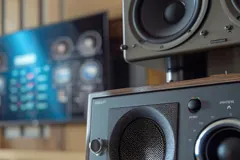![]() At Cardinal Peak, pro audio means high fidelity and low latency. From controlling and mixing to playing a few or hundreds of bidirectional audio streams, many pro audio applications require low-latency network protocols, such as Audinate’s Dante, which is ideal for managing and distributing multiple audio streams over geographically large areas.
At Cardinal Peak, pro audio means high fidelity and low latency. From controlling and mixing to playing a few or hundreds of bidirectional audio streams, many pro audio applications require low-latency network protocols, such as Audinate’s Dante, which is ideal for managing and distributing multiple audio streams over geographically large areas.
As Audinate’s premier Dante integration partner, we speed the integration of the Dante protocol into your product, helping you get to market faster and often at a lower cost than you can achieve internally. We support all aspects of audio product development, whether it be custom hardware, embedded firmware, DSP audio processing, or on-premises or cloud-based network management software.
Premier Dante Integration Partner

We can help you integrate the Dante Embedded Platform (DEP) into your product too. The advantage of using DEP over traditional module integration is cost and flexibility. First, DEP does not require a module so your bill of materials (BOM) will be lower. Second, with an all-software implementation, you have the flexibility of having multiple SKUs that only differ by software, not hardware, which saves on inventory and provides greater flexibility. DEP might not be the solution for all Dante products as the number of channels that can be supported will depend on the speed of your processor. Please contact us for an expert consultation on your application to see if DEP would meet your needs.
About Low-Latency Networked Audio Product Design
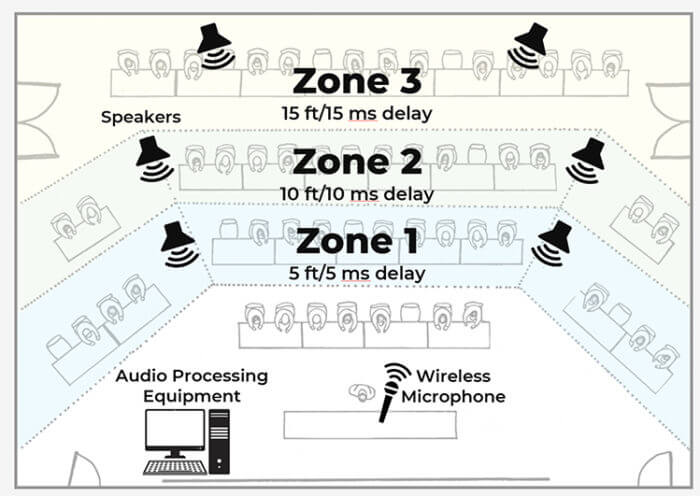 For live and interactive applications, latency is a major concern. For example, in an auditorium or classroom, sound is played through distributed speakers at the appropriate time to reinforce the sound coming from the performer or teacher. The sound is played out of the closest speaker to the stage first and the most distant speaker last in such a way as to match the time it would take the sound to travel through the air (roughly 1 ft/ms). This type of application requires not just low latency but also the precise delivery of sound at the exact right time, and these subtle playback techniques are essential to meet the high expectations for today’s networked audio products.
For live and interactive applications, latency is a major concern. For example, in an auditorium or classroom, sound is played through distributed speakers at the appropriate time to reinforce the sound coming from the performer or teacher. The sound is played out of the closest speaker to the stage first and the most distant speaker last in such a way as to match the time it would take the sound to travel through the air (roughly 1 ft/ms). This type of application requires not just low latency but also the precise delivery of sound at the exact right time, and these subtle playback techniques are essential to meet the high expectations for today’s networked audio products.
Latency is also critical for live performance and conferencing applications, as slight delays between the live action and the playback through the speakers can cause cognitive jamming. Not only is latency critical, but so is jitter. In virtually all networked audio applications, many audio channels are mixed, switched and played back in various combinations, so beyond the underlying communications protocols, many pro audio requirements focus on audio channel management. Cardinal Peak understands the importance of and has the technical expertise to manage latency as well as real-time processing and synchronization of many audio channels.
Dante Audio Product Design Related Articles
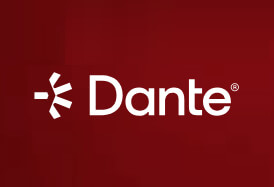
Cardinal Peak and Audinate announce strategic partnership offering Dante networked audio and video solutions
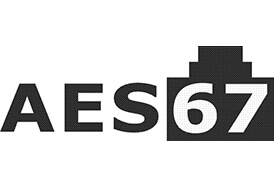
Introduction to AES67

From ROM through SoW: The Importance of Communication During Product Development
About Cardinal Peak’s Product Design Services
Cardinal Peak accelerates your product development with end-to-end design services for connected audio devices. A leading product engineering firm, Cardinal Peak leverages deep experience in hardware, embedded software, cloud, mobile applications and quality assurance to develop connected IoT products in multiple markets, including audio, video, security and medical.
Product Ideation
Developing differentiated products that disrupt markets
IoT Engineering
Designing products that integrate with mobile applications and cloud systems
Voice
Experts at embedding voice processing capabilities in connected devices
Quality Assurance
From black box testing to test automation and manufacturing support
Managed Services
IoT fleet management, network management, and tier 2 support
Sustaining Engineering
Cost effective sustaining engineering to keep your IoT products current and operating as underlying services change
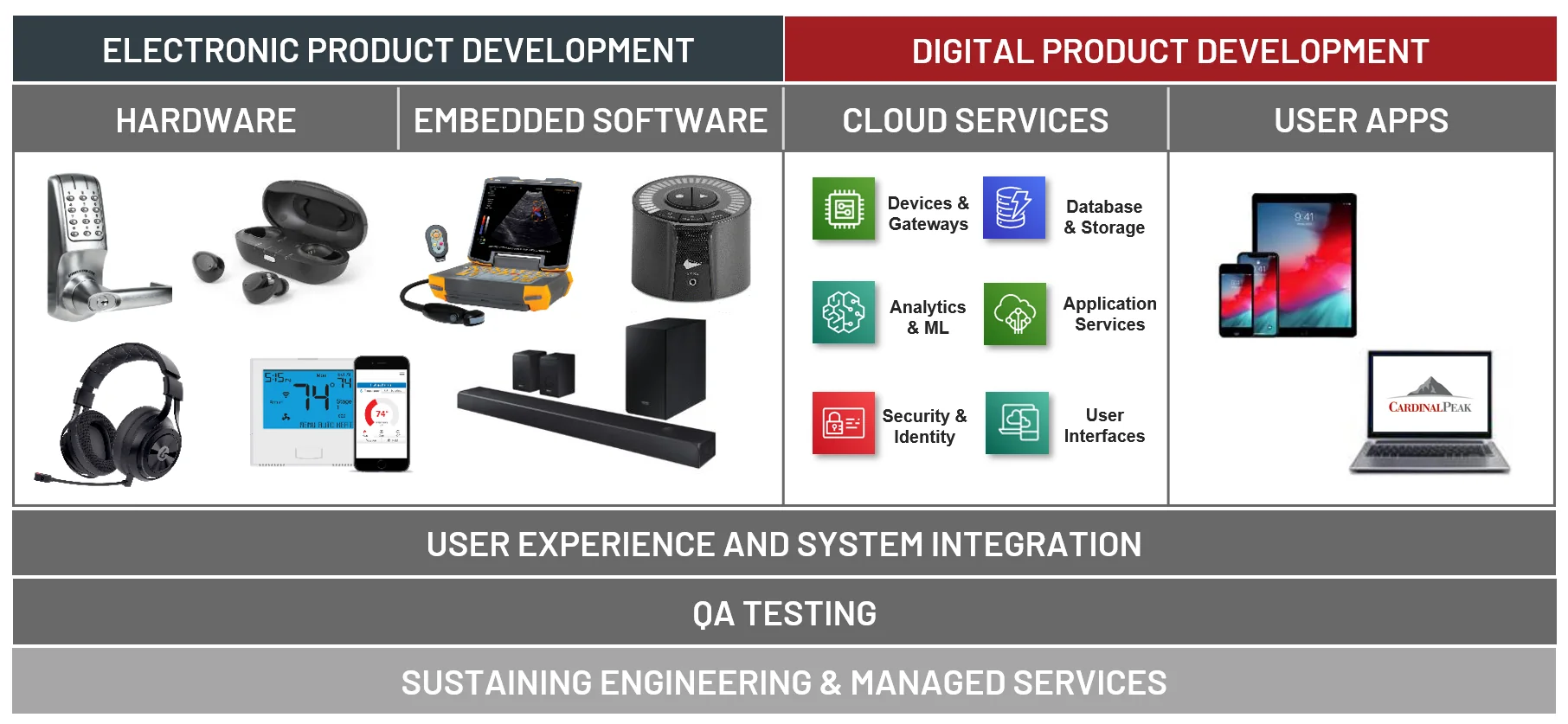
Audio Product Design Resources
Dante Networked Audio Design Example
As an example of the network audio products we develop, one of our clients wanted to use a Linux-based PC for a wide range of audio processing in a Dante network. Doing so required getting hundreds of channels of audio into and out of a PC without adding undue latency or bottlenecks. This endeavor required BOM management, as well as developing a 16-layer PCB with carefully matched impedance and utilizing a Xilinx Spartan 6 and Artix-7 FPGA to meet the hardware throughput requirements. Optimizing the Linux PREMPT_RT kernel to meet the real-time requirements of a low-latency Dante audio network was also necessary.
Dante Audio Product Design Service FAQs
When Does Latency Matter and Why?
For applications with live audio or audio tied to a user’s movements, such as musical performances or gaming, system audio latency is critical. For performing musicians, latency targets from event to sound are 10 ms for quality audio products. Consistent latency (low jitter) is often considered more important than absolute latency.
What is Perceptual Jamming and How Does it Relate to Latency?
Perceptual jamming is when a musician is constantly interrupted by a late copy of themselves. This phenomenon starts in the 50- to 100-ms range.
Musicians (and audience members) use visual cues on top of audible ones as sound travels at roughly 1 ft/ms (so 25 ft is 25 ms). For example, marching bands are frequently spread over a hundred feet or, in terms of sound, a hundred milliseconds.
We have all experienced latency problems with conference calls where everyone tries to jump in at the same time because they are hearing a late copy of what was just said.
When to Use Audinate’s Dante vs. AES-67?
This is always a tough decision since both protocols have advantages. The initial questions for consideration include: 1) Is video an important part of the application? and 2) Is there existing equipment/network for which you need interoperability? AES67 integrates with the SMPTE 2110 professional video networking standard, while Dante must be used separately from video. Many Dante devices support an AES67 interoperability mode, and some AES67-supporting products have a separate Dante interface.
Also, important to keep in mind is that AES67 is an open standard, while Dante is a proprietary commercial product. The following table provides a comparison among many of the existing protocols to help guide you along the decision tree for your product.
| Technology | Purveyor | Date Introduced | Synchronization | Transport |
|---|---|---|---|---|
| AES67 | Audio Engineering Society | 2012 | IEEE 1588-2008 | RTP |
| Ravenna | ALC NetworX | 2011 | IEEE 1588-2008 | RTP |
| AVB | IEEE, AVnu | 2011 | IEEE 1588-2008 advanced profile (IEEE 802.1AS) | Ethernet, RTP |
| Q-LAN | QSC Audio | 2009 | IEEE 1588-2002/2008 | UDP |
| N/ACIP | EBU | 2007 | Data packet arrival times | RTP |
| Dante | Audinate | 2006 | IEEE 1588-2002 | UDP |
| Wheatnet-IP | Wheatstone | 2005 | Proprietary | RTP |
| LiveWire | Telos/Axia | 2004 | Proprietary | RTP |
When is Latency Not an Issue?
Latency is not a concern in applications with recorded audio, such as television and music players. While synchronization of lips and audio is always a consideration, latency is not in those cases.

